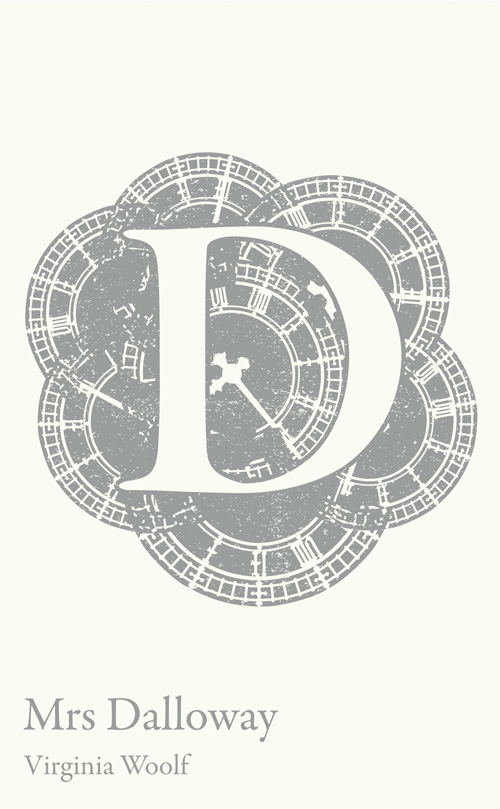The protagonist, Mrs Dalloway, spends her life contemplating and waiting. The endlessness of her days are epitomised in the structure of the novel; a flow of consciousness that is both absorbing and frustrating. It is said by her guests that ‘Mrs Dalloway is always giving parties to cover the silence’. Ask your students what they think this silence is a metaphor for. What do they think of the emotional hardship of keeping silent? Does the quote apply only to Clarissa or extend to other characters in the novel?
Clarissa Dalloway prepares for a dinner party in the middle of June 1923, a warm day in the shadow of The Great War. Whilst in London, she thinks about those she has been in love with; her husband Richard, Peter Walsh and Sally Seton. She ponders what her life would have been like if she hadn’t have chosen her stoic and reliable husband. Using empathy skills and their adaptation of Clarissa’s authorial voice, can students describe how her life could have been with either Peter or Sally? What would her restraints have been? How did the other characters’ lives span out? Would Clarissa have wanted this? Would she have been happy? Would they?
Juxtaposition of dark and light
The novel has some dark and melancholy themes such as war, hallucinations and suicide. Suicide itself seen by Dalloway as a way to preserve happiness. Why then, in the midst of these themes, is Dalloway then hosting a dinner party? Why does Woolf create such a juxtaposition? Discuss and debate.
The passing of time
Another key theme of the novel is time. We are reminded of its passing, both in the physicality of reading the novel whilst losing time in its words, as well as in the constant ticking reminders in the novel such as Big Ben striking every 30 minutes. With time running away from us, why is it important to consider that the novel is set over one day? What is time a symbol of here? What is it reminding us of? You might like to structure the discussion towards the links with the Great War and time running out for those thousands of men, the inevitability of death, the lives that are left behind and the sense that all the characters are ‘marching towards death’.
Happiness and discontentment
Discontentment also permeates this novel. Are any of the characters truly happy? Can any moments of happiness be seen? Ask students to research the poem ‘Angel in the House’ by Coventry Patmore. Patmore’s ideal of a woman in 1854 is not so very different to Victorian ideals. How can a woman as educated, intelligent and thoughtful as Woolf fit into these ideals? What damage did it do to her? What about Clarissa? Is she discontent or is she stoic? Look too at Sally Seaton, once a wild and free woman who ran down the corridor naked to get her wash bag, now married with 5 children to a man Clarissa is not convinced she loves. Did she have to make this change to fit into patriarchal society? Do you think she likes who she is now? Can they now discuss this concept relating to today’s society? Are women seen differently now?
Septimus clearly has Post-traumatic Stress Disorder; a condition previously called ‘shell shock’ and began being frequently diagnosed after the First World War. There are some excellent extracts in Bird Song by Sebastian Faulks to support research and teaching around this area. The treatment in Victorian times was ‘Rest Cure’. Can students research this and present their findings? Which characters would have received this ‘cure’? How is it damaging? Why does Woolf include its topic in a novel set on a sunny pleasant day in London, 1923? Why is mental health so often at the forefront of Woolf’s novels?
Further Reading suggestions:
The Yellow Wallpaper by Charlotte Perkins Gilmore creates a vivid portrayal of hallucinations and mental illness as well as the damage Victorian medicine and belief of mental illness can do.
The Awakening by Kate Chopin has many parallels between Edna and Clarissa.
Wuthering Heights by Charlotte Bronte. Cathy chooses between Linton and Heathcliff in a similar way to Clarissa choosing between Richard and Peter.
By Joanna Fliski
Joanna Fliski is a freelance writer, secondary English teacher and primary school teacher in Bristol.
Read more teaching tips for English KS3, GCSE and A-level set texts
Virginia Woolf’s Mrs Dalloway has been published as part of the Collins Classroom Classics series of set texts and Shakespeare plays that are perfectly pitched for students. Find out more and view the full range.





